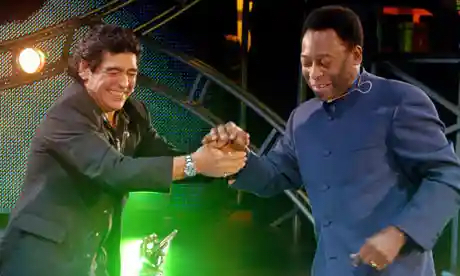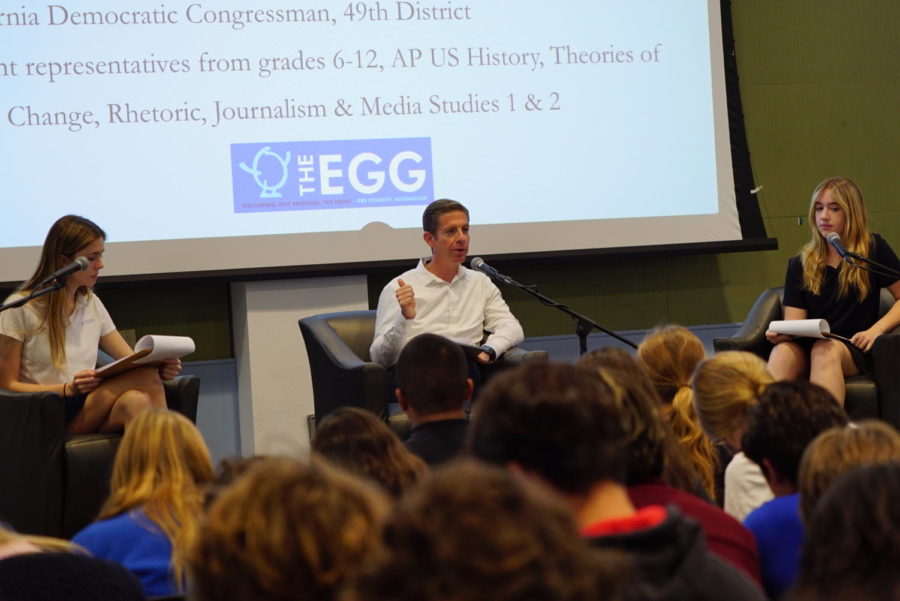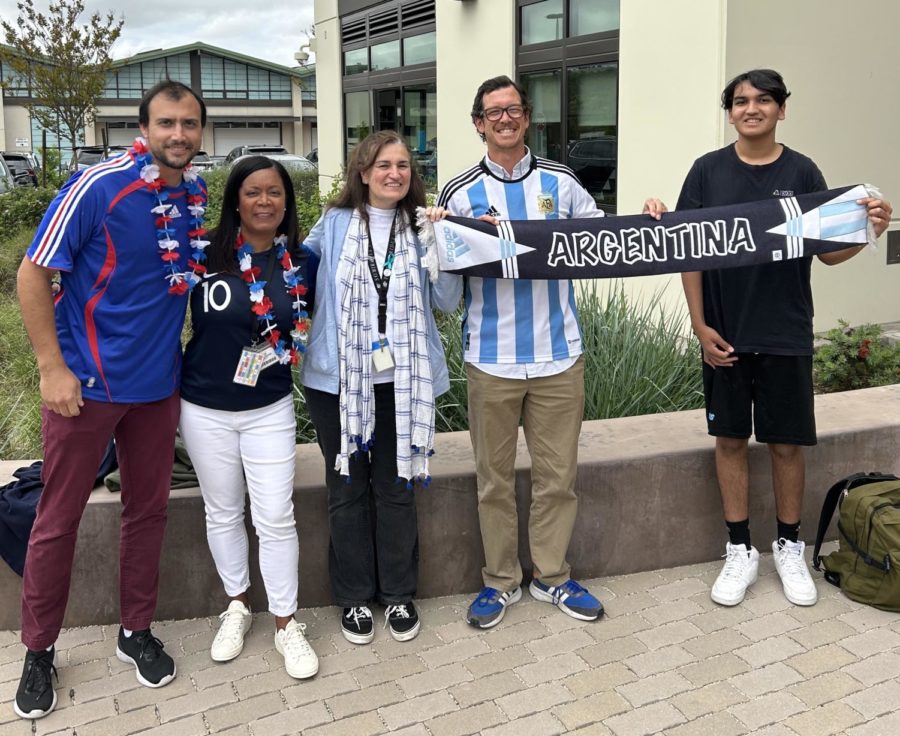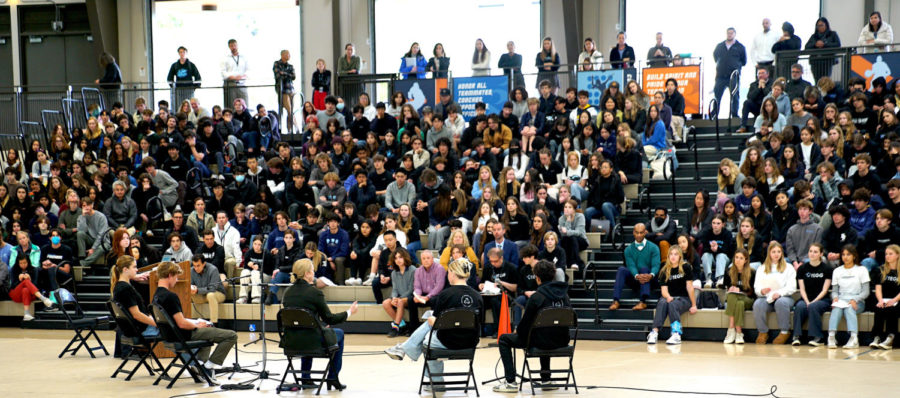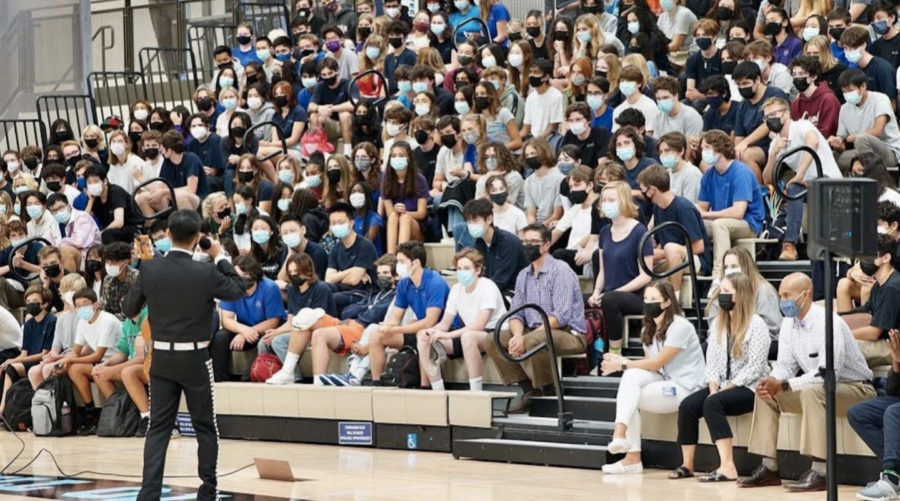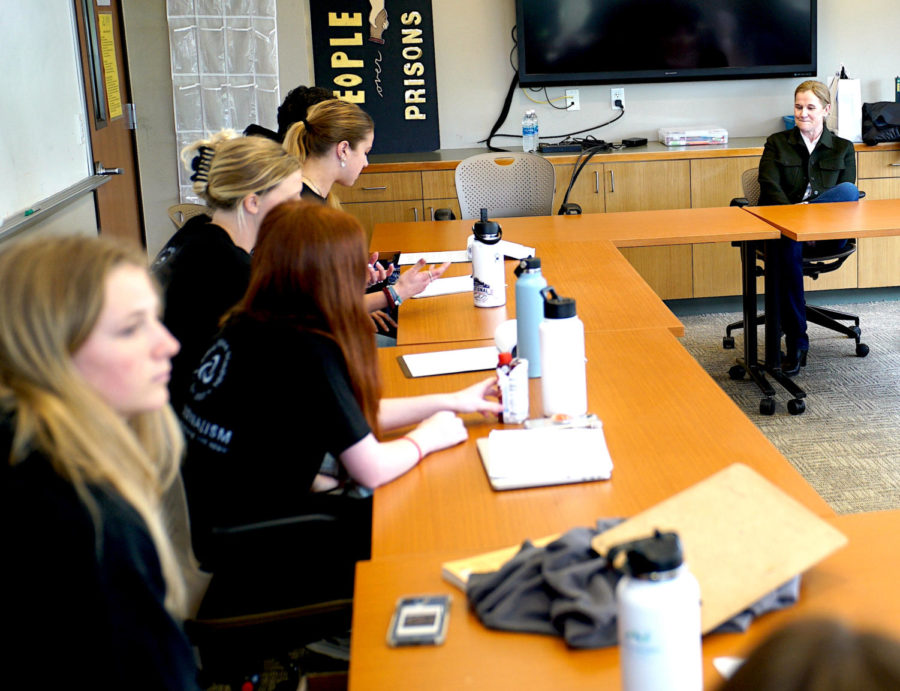Mike Levin on Electric Vehicles & Power Grid Challenges
Question #12 to Mike Levin, asked by Laurence Yu on behalf of AP US History, period 4.
“We already are having blackouts of the electricity grid in California, including in the 49th District, so how realistic is it to expect that we can move all motor vehicles in the state away from gasoline to electric power in the next 13 or even 20 years? And what would it take to do that nationally?”
I think it can be done over time. I am not saying that everyone has to go and get an electric car tomorrow, but I am saying that new car sales over time, over the next 13 years. So we have about 13 to 20 years to build out our electricity grid to be able to absorb all of these new electric vehicles. And I know we can do it. Who here has a family member with an electric vehicle. That is a lot of hands! If I had asked that four years ago it would have been half of that number. When I come back two or four years from now it’s gonna go up and it’s gonna go up until it’s every hand in the room. The grid needs to keep up and one of the things we have to do to go further is invest more in grid modernization. A lot of our electric grid is based on an 80 year old system. What we need here, and what we’re starting to do in California, is a lot more distributed generation, a lot more micro grids. We’ve got one of the best micro grids in the world here at UC San Diego. And we are not gonna be able to just cater to what the big utilities want us to do. So, again, you see a theme. Big oil, big drug companies, big utilities. We’ve got to be thinking outside the box about how we’re going to actually meed the needs of the average person and the hope is in a few years time when you get that electric vehicle it will actually be not only a better vehicle, perform better, but also be a cheaper vehicle–cheaper to operate, cheaper to maintain. We’ve got to make sure the grid is up to the task.



